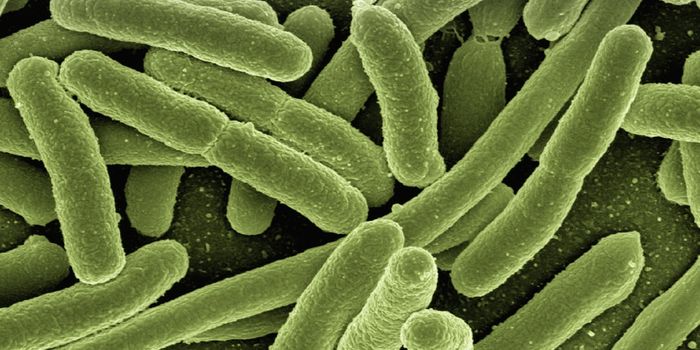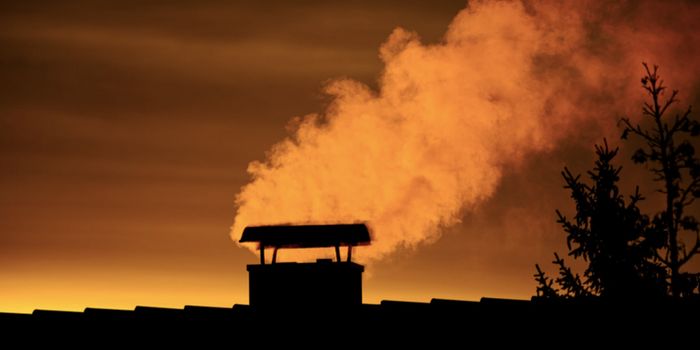A New Microbe is Discovered in an 'Unnatural' Environment
Humans have changed their environments in sometimes drastic ways. While we can exert a degree of control over our surroundings, we still share the world and even our own bodies with microbes that have colonized the habitats we've made. Now scientists have identified a new bacterium that can be commonly found in human-created environments - in this case, it was collected from solar panels on Harvard University's Arnold Arboretum. The microbe has been reported in the International Journal of Systematic and Evolutionary Microbiology.
"Every time we throw up panels, every time we create new surfaces, not only are there things that can exploit them like this new species, but you shouldn't expect that evolution isn't going to happen and create things that better exploit them over time," said Arboretum Director William "Ned" Friedman. "In urban ecosystems, one might even anticipate that there are accelerated aspects of evolution because you're presenting nature with new challenges or opportunities."
This serves as a reminder that the natural world still persists even in environments that aren't traditionally considered natural, noted Friedman.
This bacterium, Sphingomonas solaris, is characterized by colorful pigments, and it loves high temperatures, solar radiation, nutrient restriction, and desiccation.
Visiting graduate student Kristie Tanner from the University of Valencia found the microbe during an afternoon trip to the solar array. The panels were sampled with sterile swabs and bacterial genes were assessed in the lab of Ahmad Khalil, a visiting scholar at Harvard’s Wyss Institute for Biologically Inspired Engineering and a Boston University biomedical engineering professor. Forty different species of bacteria were found, and one of them carried a bacterial marker, a 16S gene, that was different from any that have ever been cataloged.
"It was a big surprise," Tanner said. "I've been doing bioprospecting for five years, studying bacteria in these weird and wonderful environments, and I said, 'This could be a new species.'"
Tanner and Friedman suggested that this new species might have moved to where they found it from the soil nearby. It's a member of the Sphingomonas genus, which was first identified in 1990 and has at least 120 members. Some of these microbes could be useful in helping to remove heavy metals from the environment.
Learn more about how environments that are created by people have uniquely adapted communities of microbes within them from the videos. The one above is by
NASA, while the one below was made by the University of Oregon.
Sources: Phys.org via Harvard University, International Journal of Systematic and Evolutionary Microbiology









